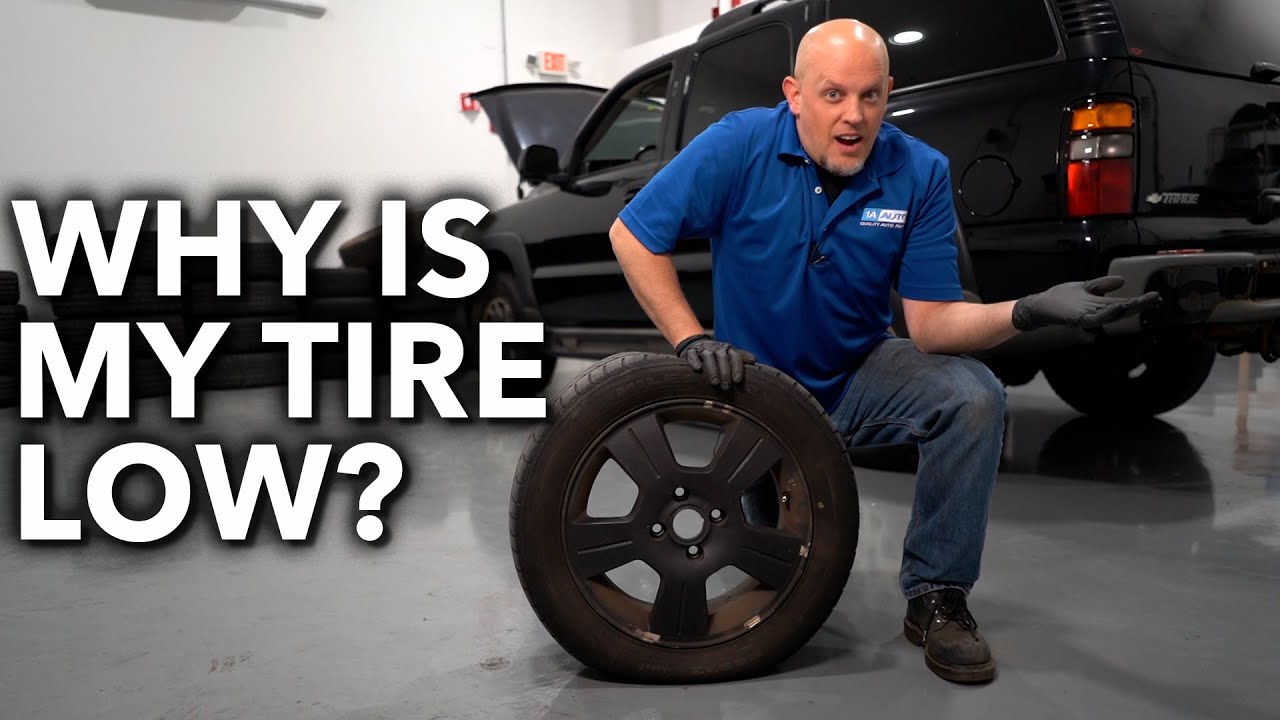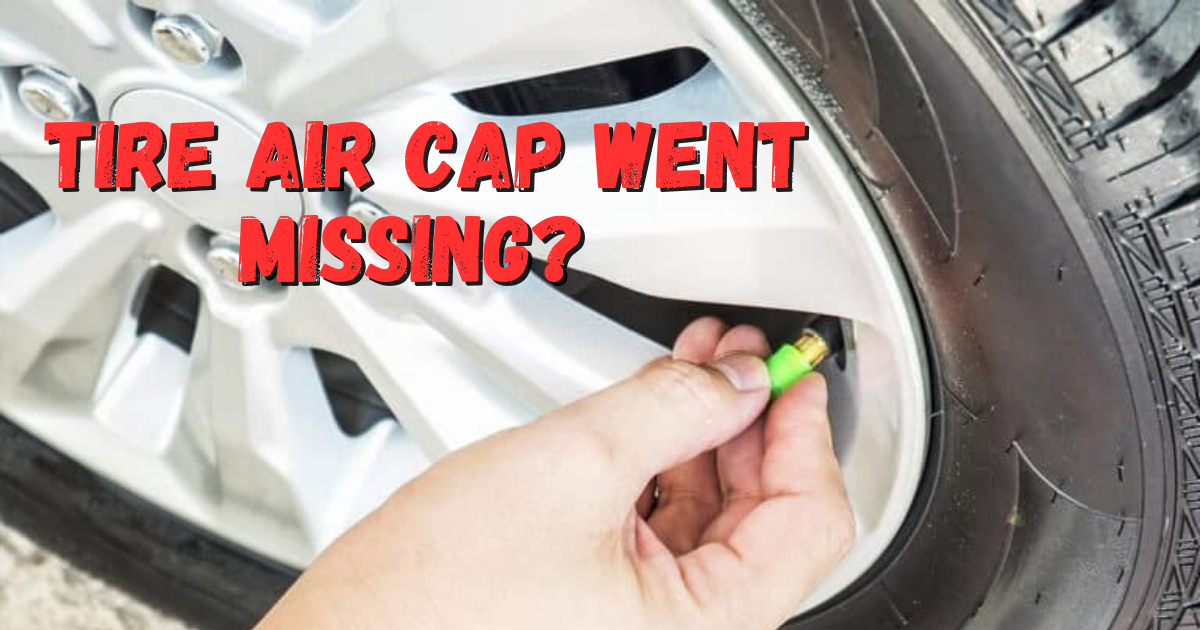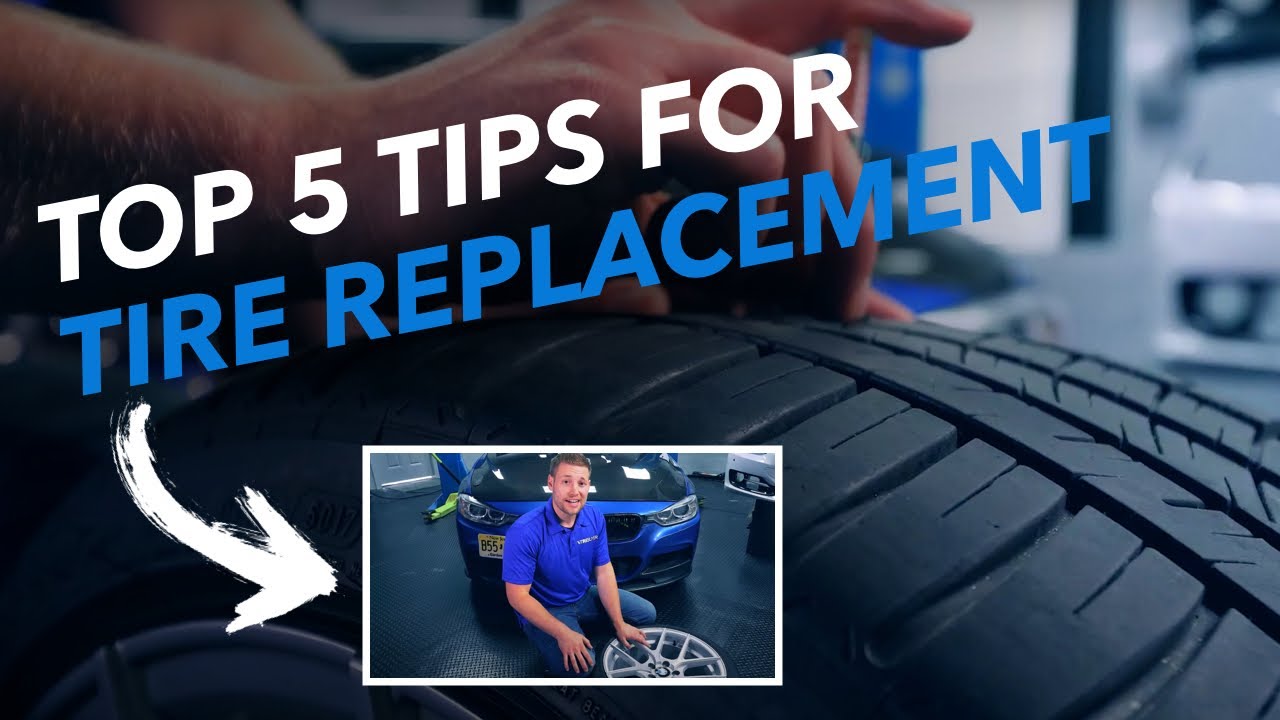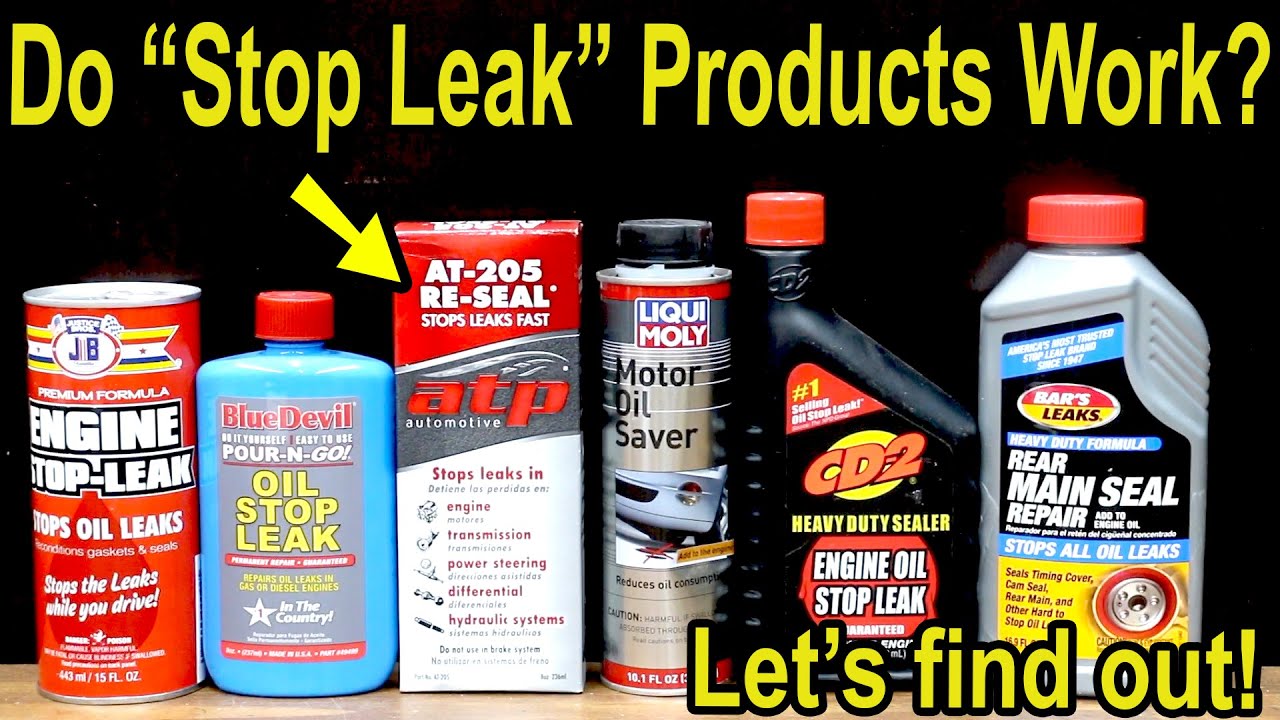A slow leak in your tire might not be immediately apparent, especially if there is no visible damage to the tire’s rubber or nail protruding through the hole it has just created. It may eventually result in a flat tire, but it does so gradually instead of an abrupt rupture.
This problem can affect even brand-new tires or vehicles, but it’s also a relatively typical remedy that is occasionally doable at home. However, home repairs are not always feasible, especially when rim damage occurs.
Everything in this article results from discussions with experts in the field, a compilation of web information, and my experience working as an automotive technician. You can genuinely identify tire leaks on your own using the methods described here, which are exactly how experts do it.
3 Easy Methods of Finding Tire Leaks
Here are a few measures you can follow to locate and stop a tire leak.
Find the Leak with Soap & Water

Before making any repairs, water or soap and water can be used to locate the slow leak’s cause. Spray the tread, sidewalls, valve stem, and opening (with the cap off) and along the rim on both sides of the tire with the soapy water mixture, then look for a spot where bubbles begin to appear.
Step 1: Mix Soap and Water
Use water and dish soap mixed in a spray container. The liquid is sprayed onto the tire you believe has an air leak.
Step 2: Cover the Tire with it
Use a spray bottle to pour. If a spray bottle is unavailable, you can pour the substance over the tire instead of using it as a sprayer.
Step 3: Watch for Bubbles
Soap bubbles will be created as the tire’s air leaks and come into contact with the soapy water mixture. You have located your leak if you see bubbling, soapy water at any specific location on the tire.
Submerging the Tire
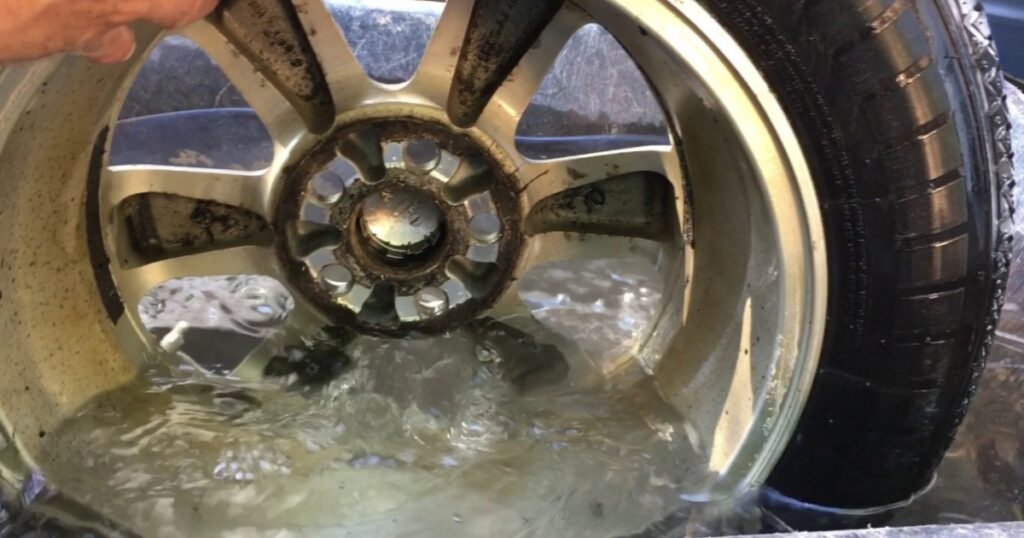
Submerging the entire tire in water is a more specific technique to determine if there is any air leak coming from your tire. Tiny bubbles will release from the tire as you do this, revealing where the leak is.
Step 1: Remove the Tire
Remove the tire, though the lugs may now be accessible enough for manual removal. If not, use the lug wrench or impact wrench to complete the lug removal. Pull the wheel away from the wheelbase after the lugs have been taken off.
Step 2: Submerge the Tire in Water
Take the tire and wheel off the car, then submerge it in a tub of water. At the location of the leak, bubbles will appear. If the tub isn’t big enough, submerge parts of the tire at a time.
Step 3: Watch for Bubbles in Water
You might see air bubbles emerging from the tire once the water has settled. If so, you have discovered your leak.
Find the leak without Water
Sometimes stopping and listening is the simplest course of action. Crouch down next to the tire you think may be slowly leaking and listen for any distinctive hissing sounds in this situation.
The difficulty here is that you have to rotate the tires to ensure you don’t miss the leak, so be prepared to roll your car forward or backward to ensure you aren’t inadvertently plugging the leak with the ground.
Step 1: Inflate the Tire
The tire needs to be appropriately inflated in order to identify a leak. The recommended tire pressure (measured in psi) is listed in your vehicle’s service manual or on the door placard on the driver-side door of your car. It would be best to fill your tire with air until it reaches this pressure.
Step 2: Look at It
Visually inspecting the tire is the quickest and easiest approach to detecting a leak. It would be best if you were on the lookout for anything that might have harmed your tires, such as nails or other road debris. Hopefully, this is where your trip concludes so you can patch or plug it.
Step 3: Feel it
For air, feel around the tire. Even if you can’t hear it or see it, you might be able to feel the leak if you carefully run your fingertips over the tire.
Step 4: Listen to it
Keep an ear out for a hissing noise. It’s possible that you can hear the issue even if you can’t immediately see it. Your tire is losing air, and you may find the leak by listening to a hissing sound, which is a sure sign.
Determine Leak’s severity
Always examine the leak’s severity. Some leaks can be fixed, but they should never be set if they are on the tire’s sidewall or shoulder. A repair might be your best option if the puncture is less than 1/4” in diameter and is located in the tread area.
Consult a specialist if you’re unsure whether to replace or repair the tire. You should take the leak to a reputable tire shop if you can’t fix it yourself. You can safely pump up the tire and drive to the repair if the leak is slow. If not, you could have to have your automobile towed to the tire shop.
Final Word
Sealing or patting pinholes and other tiny punctures in the tread that are producing leaks is possible. Large punctures cannot be repaired, and moderate sidewall or shoulder damage (where the tread and sidewall meet) usually necessitates the purchase of a new tire. Replaceable valve stems and cores (the tiny valve itself, inside the tube) are also available for leaky valves.
Removing the tire, cleaning off any rust, and applying a bead sealer before remounting the tire are options for fixing a leak that develops in the wheel’s bead seat. Additionally, some mechanics advise using nitrogen to fill the tire rather than air because nitrogen’s molecules are larger than oxygen’s, possibly making them less likely to fall through a small hole and cause a leak.
FAQs
Does the temperature affect tire air pressure?
Yes, For every 10 degrees that the temperature drops, the inflation pressure in tires typically decreases by 1 to 2 psi. Additionally, during the first 15 to 20 minutes of driving, the pressure in the tires will rise by one psi every five minutes as the vehicle warms up.
What happens if a tire is completely flat and you can’t locate a leak?
First, a tube sealant kit can fix most minor leaks if the cause of the leak is the tire itself. Second, replacing a worn valve stem or a damaged wheel should offer a complete repair for leaks that do not directly involve the tire.
How far can you travel on a tire that is losing air?
You can drive up to 50 miles, but you must be ready for any possible damage to your vehicle. Driving over long distances is not advised with flat tires. The wheels, brakes, and other components of your car, such as the suspension and steering system, are particularly vulnerable to damage.
Can a tire lose air without having a hole in it?
Valve Stem Leak
There may not always be a rubber hole to blame for flat tires. Instead, the problem can be a fault or leak in the valve stem. When adding air to the tire, you unscrew the valve stem. Your tire could lose air until it is flat if this tiny portion has any damage or dirt on it.
Why is the air in my tire slowly leaking out?
Any sealing surface between rubber and metal has the potential to let the air out. Bead chunking, a little piece of debris between the tire and the rim, can create a tiny air gap. The rubber weakens over time and loses its suppleness, which adds to the seal breaking.
Can I drive my car with a flat tire for half a mile?
You cannot drive with a flat tire, to put it briefly. You cannot go with a flat tire, despite the temptation to “limp” your tire to the shop for repairs.

